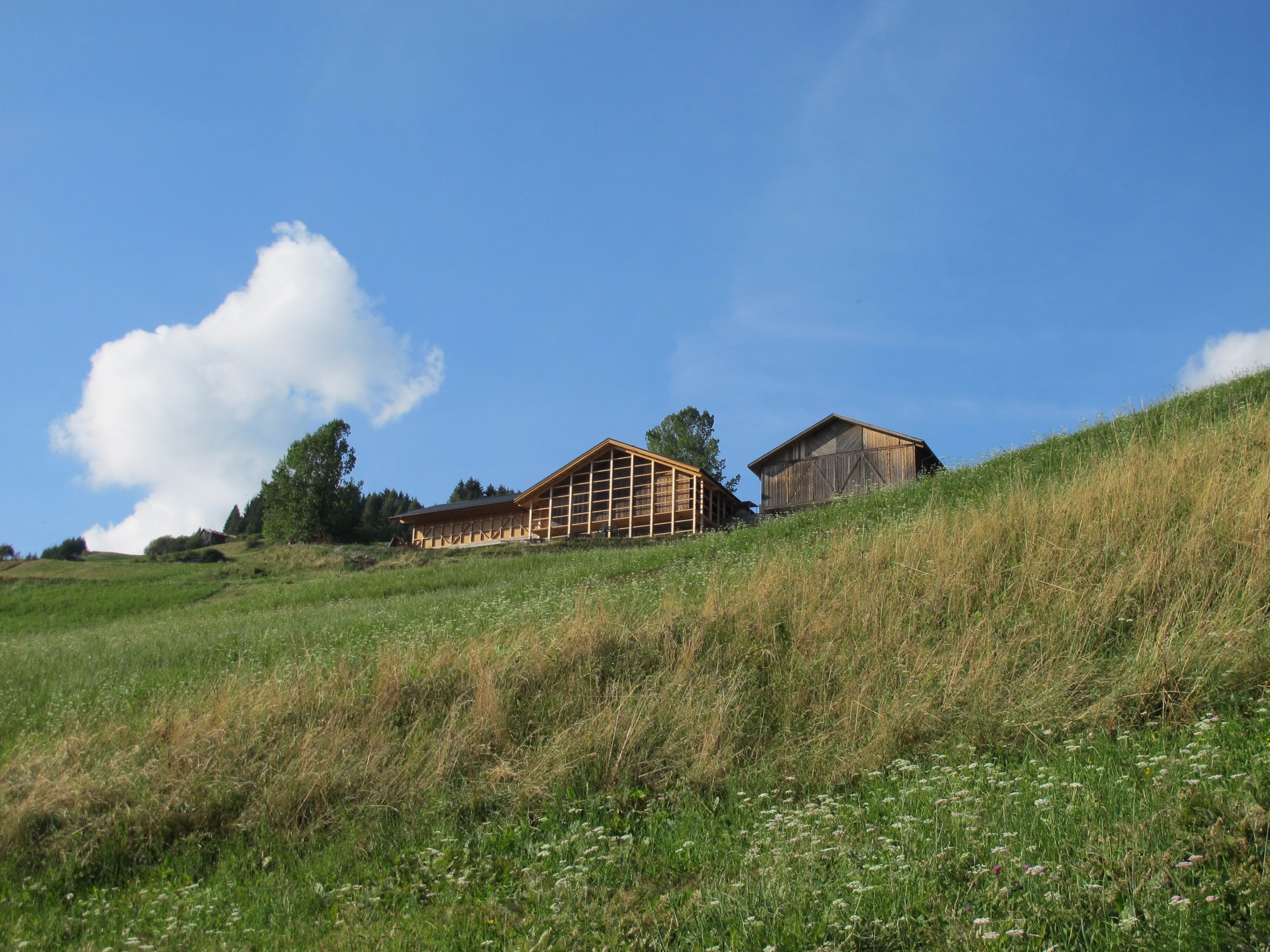
Production in the mountains: new territorial images for the highlands
Abstract
For a long time, European mountain areas have provided resources according to their environmental specificities. Mines and forests, meadows, pastures and streams have allowed the export of minerals and timber, agricultural and manufacturing products as well as handcrafts to the surrounding plains. Production has brought income to local communities while modifying the landscape. During the 20th century, many mountain areas had to deal with more competitive surrounding areas. More recently, mountains have been rediscovered mainly as places of production of environmental, touristic and cultural ecosystem services.
Looking at the mountain as a place of production allows us to gain a new understanding of its territories, to look at them with an unprecedented gaze. In the last two decades, in fact, the images and analyses built around the mountain have clustered around two opposing poles, from tourism to depopulation and abandonment. Society, governments and the world of research have recently attributed promising and positive values to the mountain territories of production; this could have serious repercussions on their destiny. The present essay questions the origins and meaning of this new interest and deals with the theme of production to highlight changes in approaches and points of view. In mountain areas, in fact, the issue of production raises questions, highlights critical issues, imposes new interpretative categories, brings out perspectives for the definition of a structuring relationship between soil design and sustainable ways of transforming places.







